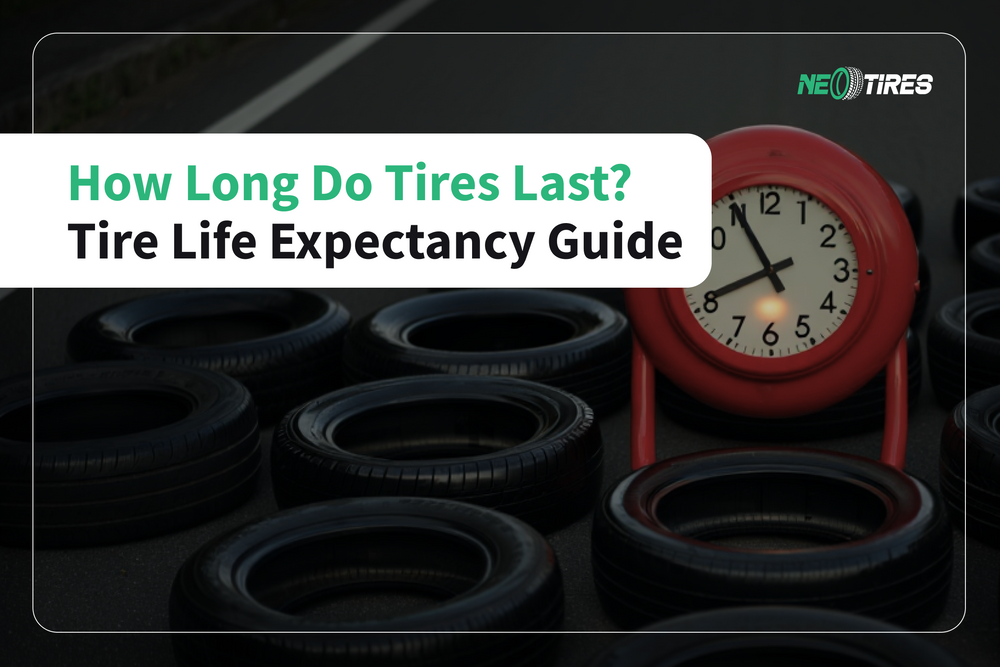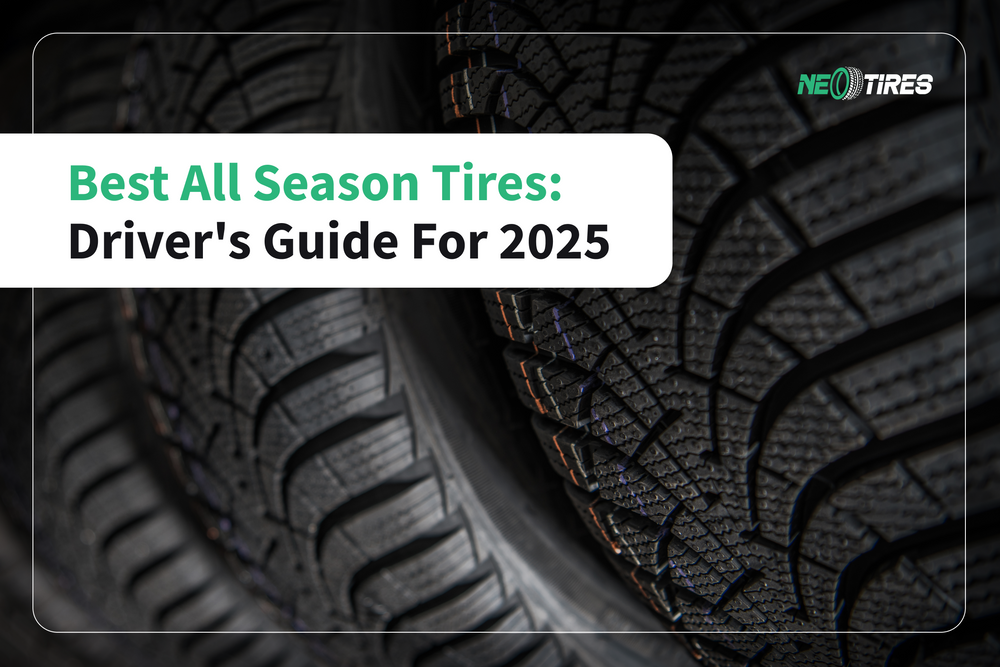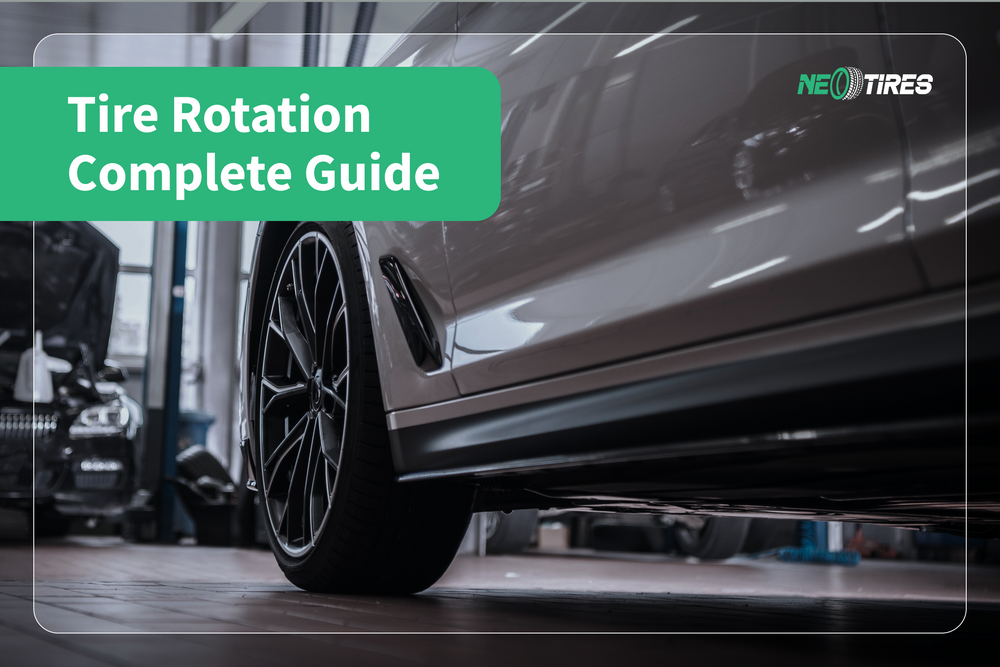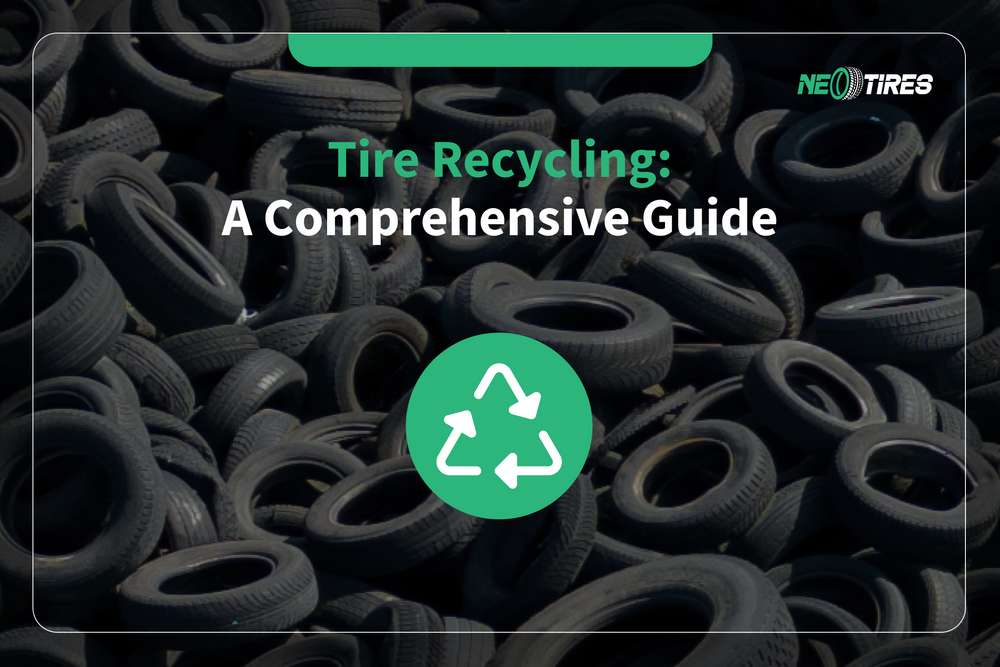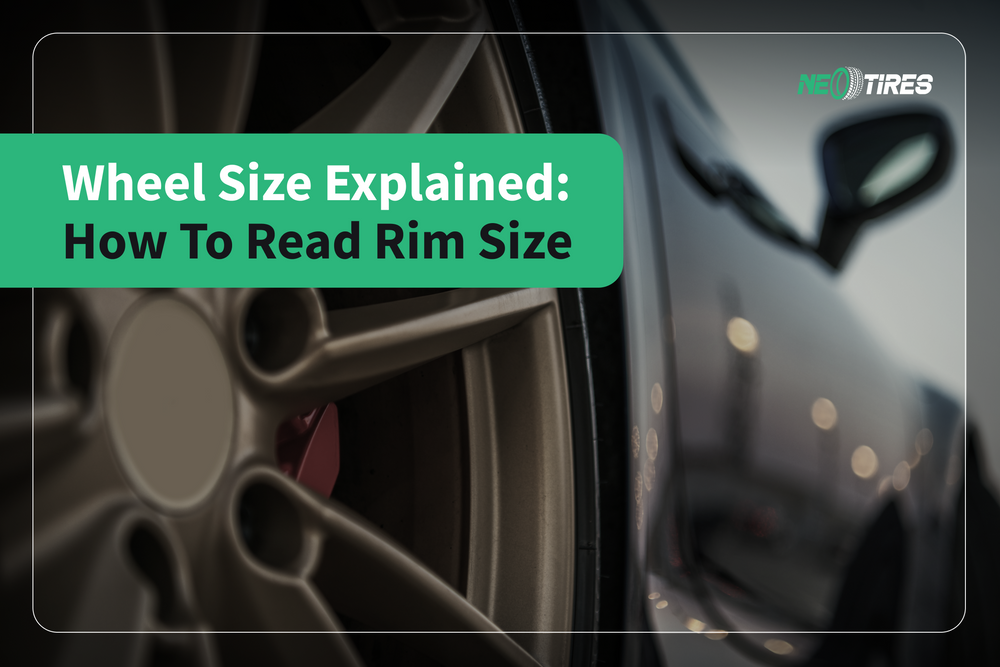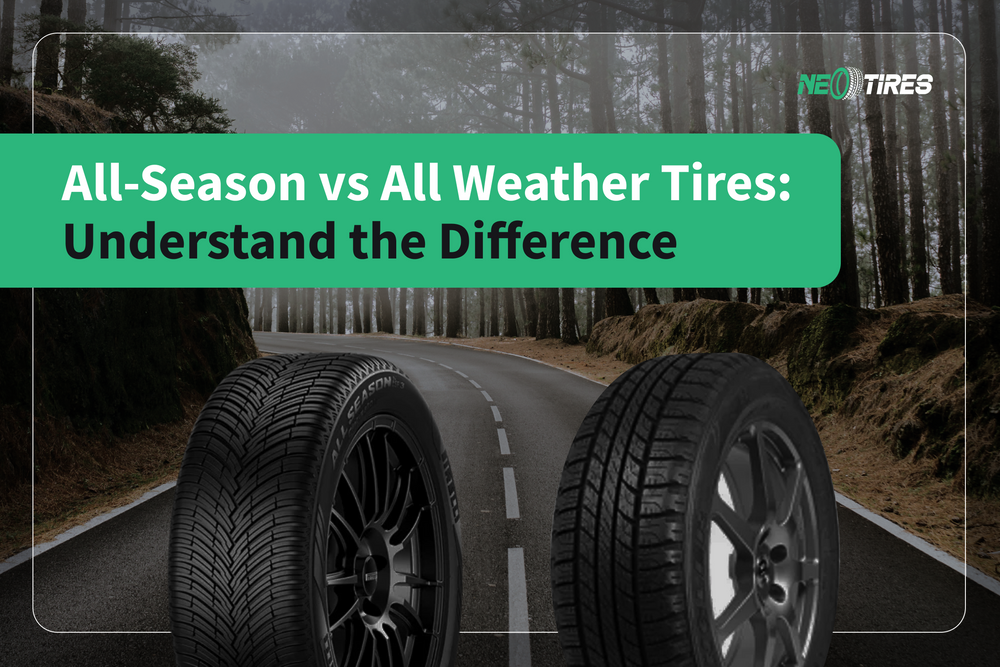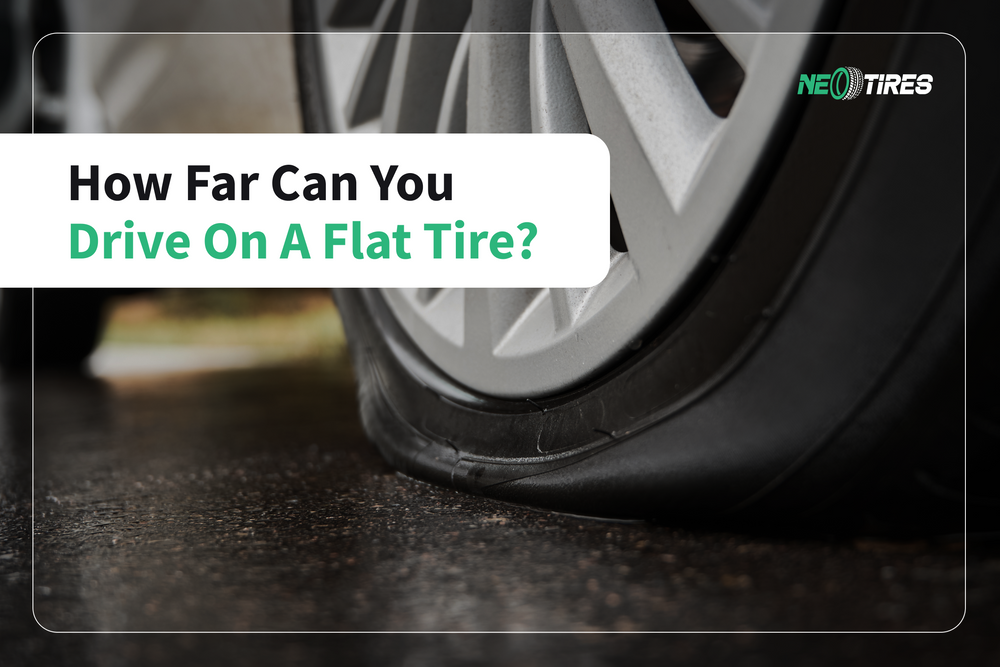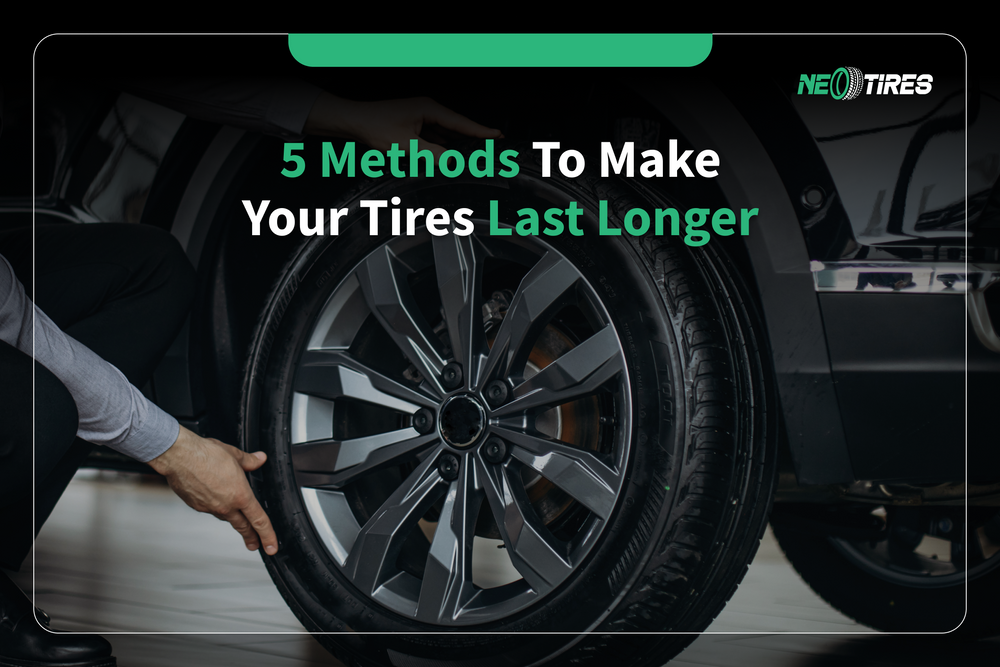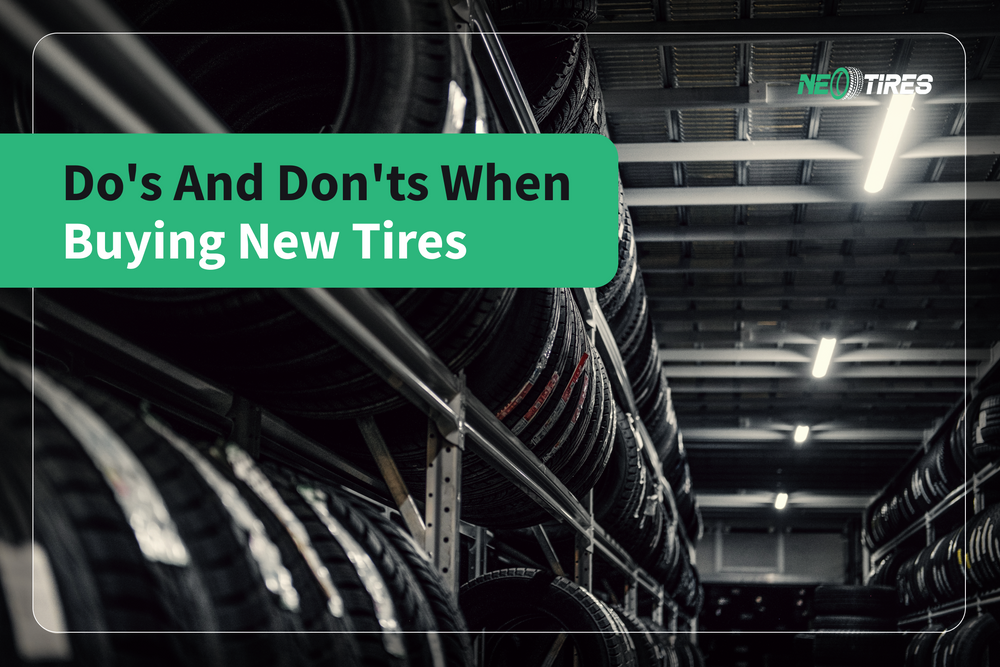Published on: Friday, March 28, 2025 Last updated on: Friday, April 4, 2025

Any car owner driving at least once in the rain has noticed his vehicle losing traction, making it harder to control. This phenomenon is known as hydroplaning, and it can endanger the driver's safety if he does not know how to handle it properly. Today, we will explain aquaplaning (another term for hydroplaning) and provide tips on what to do if your vehicle starts to hydroplane on wet roads. An informed driver is a protected driver, right?




